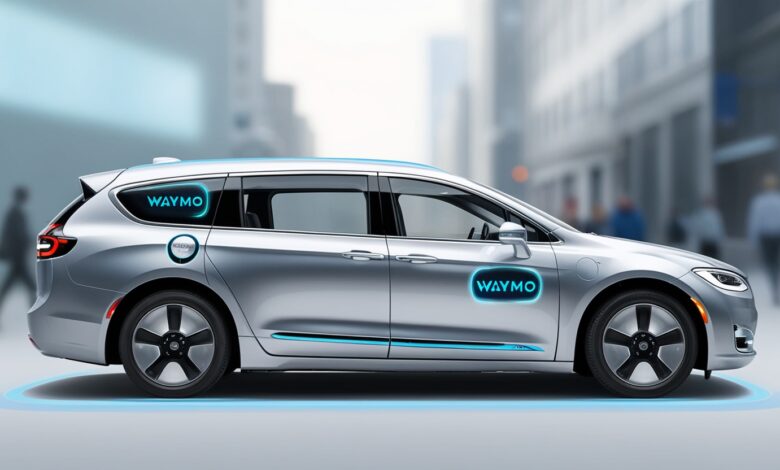
Waymo’s sixth-generation autonomous fleet combines safety with sensor reduction
Self-driving car technology firm Waymo introduces its sixth generation of advanced driving automation system
On Monday, Alphabet’s Waymo showed off their sixth-generation, self-driving solution. The latest model has similar levels of security as the previous models despite less number of camera and LiDAR sensors.
CNBC reports that the new system is incorporated in Geely Zeekr electric vehicles. Changan has thus become an ally of Waymo which the US company had teamed up with at the end of 2021.
Greater availability and pleasantness of use of self-driving technology
This new model is slightly lowers and wider than the established platform that relies on the Jaguar I-PACE SUV. In other words, Zeekr’s sixth-generation fleet is more accessible: it has a lower leg, a higher ceiling and more legroom than the previous fleet, while having a similar overall size.
A system that is even more efficient than before although there was a decrease in the number of cameras.
The number of cameras has been decreased from 29 to 13 as compare to last generations and the number LiDAR sensors has been decreased from five to four. However, it is crucial to illustrate that all these devices operate in parallel, and, for instance, the FOVs overlap, as do most safety-related backups.
It provides visual range of up to 500 meters (1,640 feet) day and night and a range of weather condition. High heat, fog, rain, and hail are no problem for the sixth-generation system, as regular sojourns to unfamiliar cities have shown.
Learning that continues to improve the reliability of the organization
The new generation has already accumulated thousands of real-world kilometers and ‘hundreds of millions more’ through simulations. Apparently the performance level is worh for consumers to show up faster than previous models, which is estimated to be half the time. This is possible through mastering the system from the “knowledge-in-practice” of the previous generations of the system.




